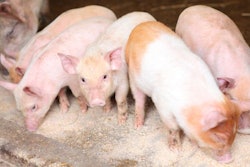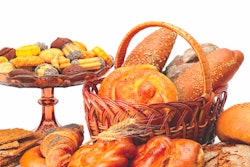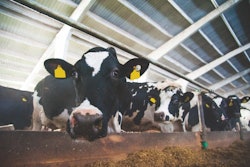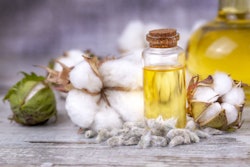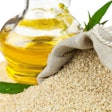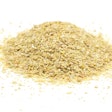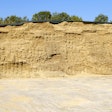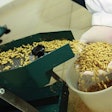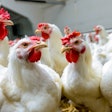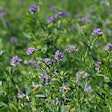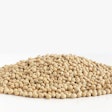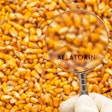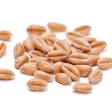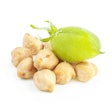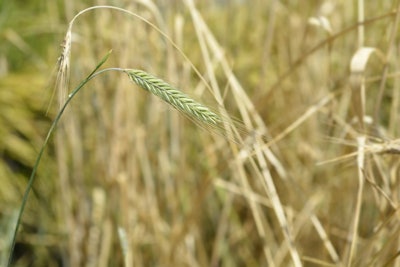
This cousin to wheat is typically grown in colder climates
Rye (Secale cereale L.) is not the typical cereal found in many animal feeds worldwide. Rye is a crop grown in colder climates, such as in Canada and northern Europe. Rye can be considered a cousin to wheat that is cultivated where other such cereals cannot be grown. This adaptation to harsh climates results in higher levels of anti-nutritional factors than those found in wheat and barley, which complete the family. Nevertheless, when formulated with attention to these issues, feeds based on limited amounts of rye can be fed to animals with success, benefiting from low-priced rye locally available in many countries.
Rye is not much different from the other cereals mentioned: It contains high levels of starch (54%), a good level of energy (10 MJ NE/kg), and a significant amount of protein (9%). Although it contains the same anti-nutritional factors, namely non-starch polysaccharides, as other cereals, the problem with rye is their rather elevated concentration. This can be a major concern, especially for younger animals, as the presence of these anti-nutritional factors can impair animal performance. Using specific enzymes and having upper limits of inclusion for feed formulation purposes ensures proper use of rye for feeding farm animals.
Non-starch polysaccharides and the relevant enzymes
Rye is often referred to as the “poor relative” of wheat. It grows under similar conditions, but it can withstand much harsher climates and relative infertile soils. As such, rye contains higher levels of anti-nutritional factors compared with wheat and barley. Rye is a rich source of soluble non-starch polysaccharides, and particularly pentosans (arabinoxylans). These polysaccharides resemble hemicellulose in nature. When pentosans reach the small intestine, they become soluble, attracting water with the end result being a viscous environment; this reduces nutrient digestibility as it hinders enzyme access to nutrients.
Pentosans also tend to produce soft and sticky feces, a problem particularly of high concern for young animals and layer hens (dirty eggs). Although this is not a pathological problem, it is nevertheless undesirable. Adding a suitable enzyme in the diet almost always helps reduce these negative effects of pentosans in rye (and in some degree in wheat and barley). In fact, Canadian work has demonstrated that feeding good quality rye along with an enzyme produces results similar to feeding a diet based exclusively on barley. Although how much energy can be released by the use of pentosan enzymes is a topic of debate, there is little doubt such enzymes reduce viscosity.
Ergot contamination
Another concern regarding feeding rye is the risk of a toxin produced in the field by fungi called ergot. Ergot-infested rye contains toxic alkaloids, including ergotamine, ergotoxine and ergonovine, among more than 10 such toxic compounds. Ergot toxins reduce animal feed intake and growth, and severely impair reproductive performance. To combat the problem of ergot infestation, new varieties of rye have been developed with genes that confer additional resistance to these toxic fungi. Nevertheless, it is always best to assume this problem might be present and employ suitable quality control measures to ensure rye is free of ergot.
Modern hybrids
Based on personal contacts from Germany, Poland and Ukraine, it now possible to produce rye for animal feeding without much non-starch polysaccharides. In essence, new hybrids of rye can be considered equivalent to a mix of wheat and barley. In fact, some farms feed only such hybrids of rye as the only cereal in their animals, presumably with adequate enzymes and balanced rations. Of course, the problem of ergot toxicity remains, as is true with all mycotoxins, but it can be controlled by a vigorous quality assurance program. Lamentably, no mycotoxin binder can neutralize these toxins to safe levels.
Palatability
Rye has been historically considered a cereal with very low palatability. The unpalatability factor in rye has been attributed partially to fine grinding. Coarse grinding, pelleting and adding oil in the feed all are measures that help reduce the issue of dustiness in rye, but they don’t solve completely the issue of unpalatability. New hybrids do not appear to have such issues regarding palatability. Otherwise, gradual introduction of rye in feeds helps overcome the problem of low palatability, and what really helps is the inclusion of some molasses in the same diet.

